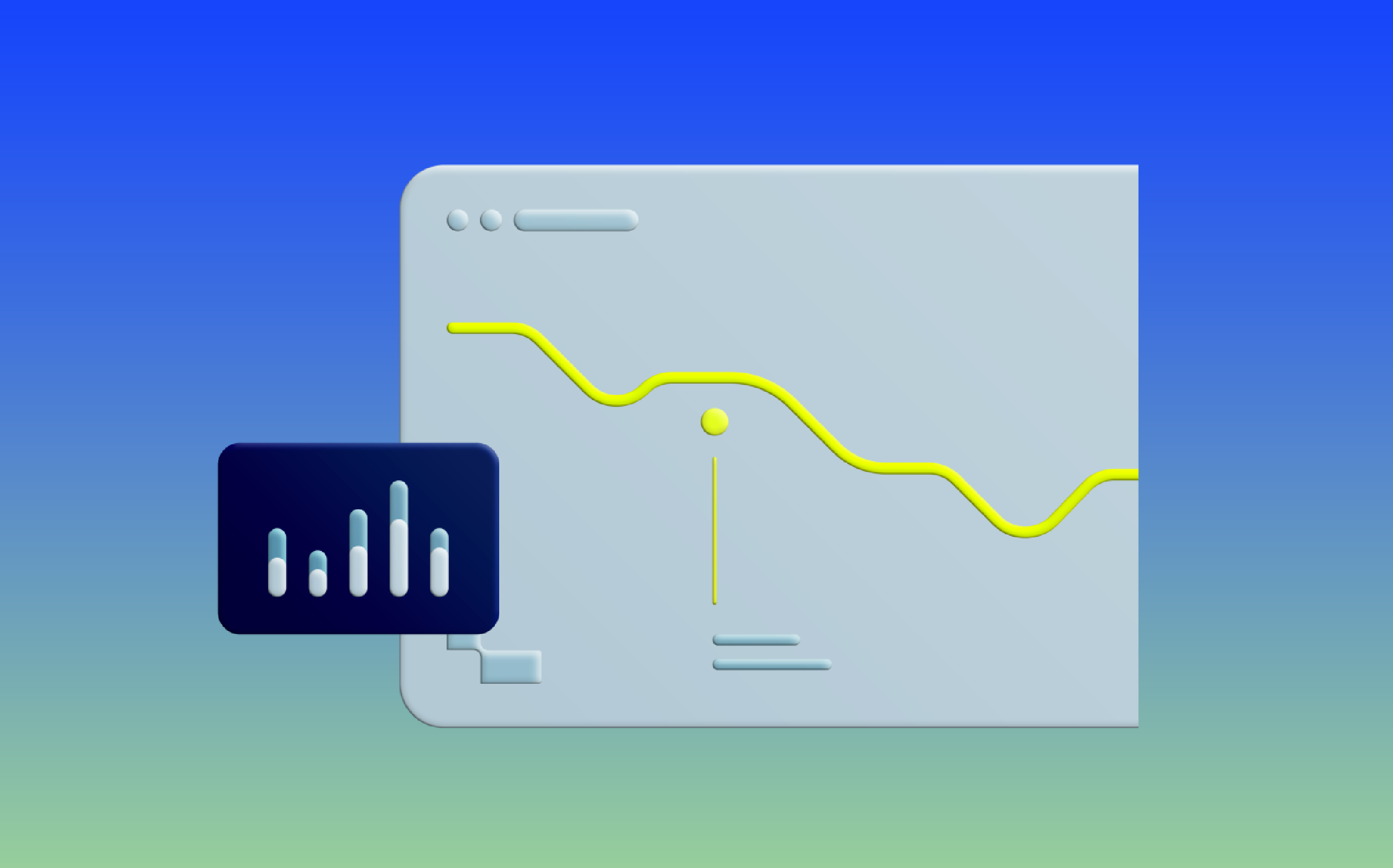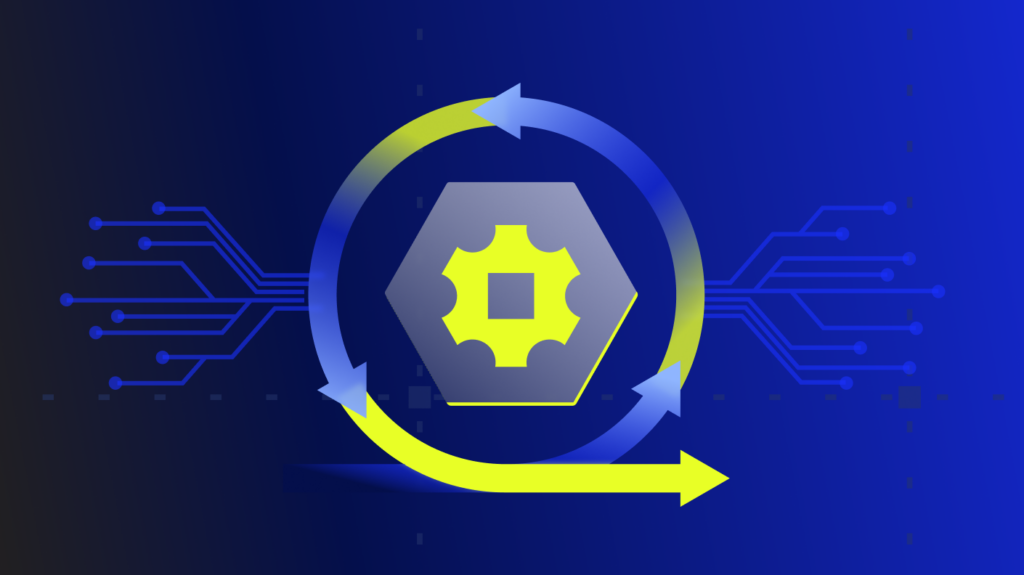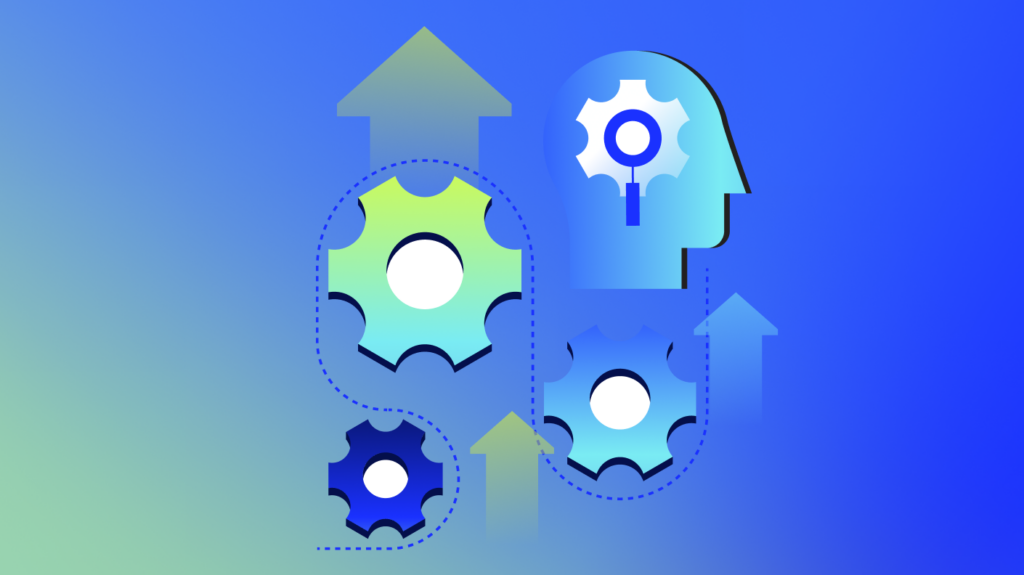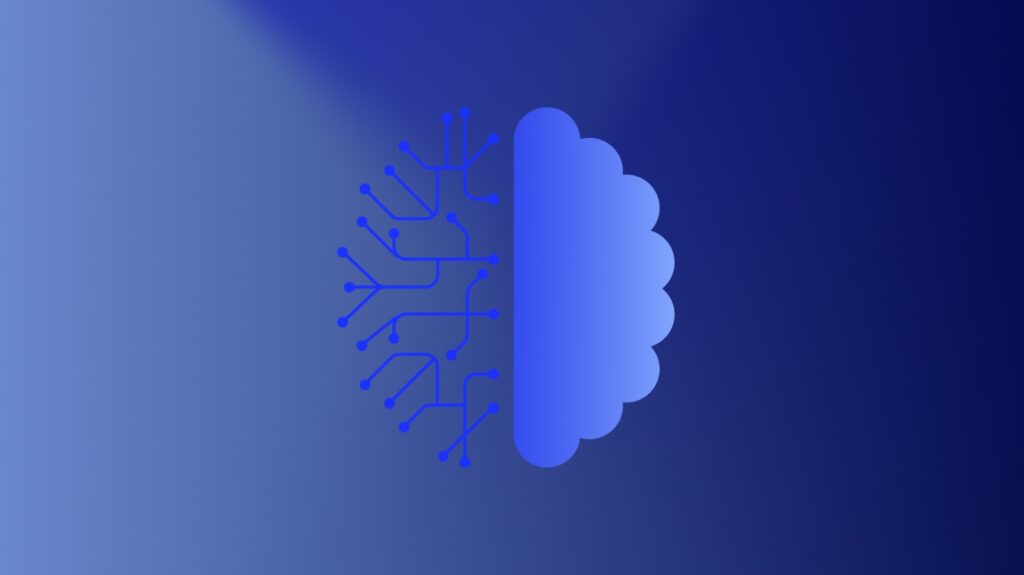What is NoSQL?
NoSQL is a non-tabular database that has a different data structure than relational tables. It is sometimes referred to as Non-SQL. NoSQL typically avoids relational data storage; however, while it can handle relationships in data storage, those relationships are built for specialized purposes.
There is much debate regarding SQL vs. NoSQL, with each data management system geared toward specific uses. Unlike SQL, which was developed in the 1970s to limit data duplication, NoSQL is a relatively new type of database. NoSQL came about in response to increasing amounts of data, and it uses a distributed system to help organize large amounts of structured and unstructured data. NoSQL is popular in business tech and other industries, with large organizations such as Amazon, Google, and LinkedIn using NoSQL databases.
Today, large companies are increasingly using NoSQL for data management. For example, a business that needs to store large amounts of unstructured and structured data or manage real-time streaming will want to consider NoSQL.
Key takeaways




How NoSQL databases work
NoSQL databases function differently from traditional relational databases, offering a more flexible and scalable approach to data management. Their unique operational mechanisms make them well-suited for handling large-scale, distributed data environments.
NoSQL databases use flexible schemas, allowing dynamic and adaptable data models. Unlike SQL databases with predefined schemas, NoSQL supports various data types, including structured, semi-structured, and unstructured formats. Developers can update schemas without disrupting existing records, enabling rapid application development.
These databases also operate on distributed architectures, spreading data across multiple servers or nodes to ensure high availability, fault tolerance, and seamless scaling. Data replication guarantees durability, while partitioning efficiently distributes workloads to maintain performance under heavy demand.
Additionally, NoSQL terminology differs from SQL’s traditional structure. Collections in NoSQL function similarly to tables, grouping related data. Documents replace rows, allowing more flexible records. Some NoSQL models use key-value pairs or column families instead of columns to organize data.
Types of NoSQL databases
The structure and layout of different NoSQL database types depend on the data model. The four main structures are document, graph, key-value, and wide-column.
Document Databases – These databases store data similar to JavaScript Object Notation (JSON). Every document will contain pairs of values and fields, but it does not need foreign keys because specific relationships between documents don’t exist. Other essential features include fast creation, easy maintenance, flexible schema, and open formats.
Graph Databases – This format is primarily for data represented in a graph, such as road maps and public transportation information. The graphs store data in edges and nodes. Nodes generally contain information about people, places, and things, while edges store relational information between the nodes. Using a graph database enables quick identification of data relationships.
Wide-Column Databases – A wide-column database stores information in columns instead of rows. The columns form subgroups, and columns in the same family or cluster can contain different data types. Databases with columns read data more efficiently, and each column has a dynamic schema and isn’t fixed in a table. If you want to store large data, you’ll likely want to consider using wide-column databases.
Key-Value Databases – With the simplest format, key-value databases only have two columns containing keys and values. More extensive data models are sometimes extensions of the key-value database, which uses the associative array as the basic data model. Data also comes in a collection of key-value pairs, and each key never appears more than once in each collection. Important features of this type of database include simplicity, speed, and scalability.
You’ll also see several specific types of NoSQL databases. Examples include:
- BigTable
- Cassandra
- CouchDB
- FaunaDB
- HBase
- MongoDB
- Redis
NoSQL use cases
NoSQL databases excel in handling diverse and complex data environments, making them indispensable for a wide range of modern applications. Their scalability, flexibility, and high performance allow businesses to tackle demanding workloads effectively.
Real-time data management is one of the most compelling use cases for NoSQL. These databases handle large streams of incoming data with minimal latency, making them ideal for real-time analytics, fraud detection, and live social media feeds. Their ability to process data at lightning speed ensures a seamless user experience even during peak demand.
NoSQL databases play an important role in cloud security by supporting dynamic data models and secure storage. Their distributed nature ensures data integrity, availability, and disaster recovery, making them valuable for enterprises managing sensitive information across multiple cloud environments.
High-availability apps benefit greatly from NoSQL’s fault-tolerant and distributed design. Industries like finance, healthcare, and telecommunications rely on NoSQL databases to maintain uptime and continuous service delivery, even during infrastructure failures or spikes in user traffic.
Diverse workloads such as IoT and e-commerce also thrive with NoSQL. In IoT applications, vast amounts of sensor data require scalable storage solutions that can handle real-time processing and analysis. Similarly, e-commerce platforms depend on NoSQL databases for personalized product recommendations, dynamic pricing, and efficient inventory management.
Benefits
NoSQL offers several benefits:
- Easy for developers to use – One of the first advantages of NoSQL is that some systems only require a few lines of code. The databases also require less general maintenance.
- Flexible schemas – NoSQL is non-rigid, making testing and implementing updates easier. This is necessary for most modern applications because fields are different, and you will often need to make changes quickly and easily.
- Horizontal scaling – Expanding NoSQL is relatively easy and inexpensive, providing horizontal scaling because of its lack of structure. This means every element is independent and doesn’t need links. On the other hand, SQL will require upgrades such as more RAM or CPUs for vertical expansion.
- High performance – NoSQL often has higher performance levels than SQL because it doesn’t need to query data through various tables. Since things move much quicker with all the information in one database, doing 10,000 queries each second with some NoSQL databases is possible.
- Large data storage – NoSQL databases have the potential to store massive amounts of data sets, and they can do so at high rates of speed. For example, Cloud BigTable is a NoSQL database that lets you store structured data while allowing addition and deletion without disturbance.
NoSQL databases excel where flexibility, scalability, and real-time data processing are critical for modern business success.
Drawbacks
The potential drawbacks include the following:
- Requires multiple databases – Since the databases are specialized for particular use cases, you’ll need to use various data models and databases. You might still need to use SQL to help streamline the overall process.
- Requires more support – NoSQL is much newer than SQL. SQL is, therefore, more mature and has a lot of online instructional support. With NoSQL, you’ll likely have more difficulty finding expert support when you need assistance.
- Lack of consistency – NoSQL databases lack standardization, and the programming language and design of these databases vary extensively. This variation among NoSQL products is more extensive than with SQL databases.
- Lack of compatibility – NoSQL is not always entirely compatible with SQL instructions.
- Limited ACID applications – Most NoSQL systems don’t support ACID (atomicity, consistency, isolation, durability) transactions. MongoDB is an exception to this situation.
Choosing a NoSQL database
Selecting the right NoSQL database depends on several factors that align with your organization’s data management needs and business goals. NoSQL databases come in various models, each suited to specific use cases, making it essential to evaluate your options carefully. Key considerations include:
1. Data model selection
- Document databases: Ideal for applications requiring flexible schemas, such as content management systems.
- Key-value stores: Best for caching and real-time session management.
- Wide-column stores: Useful for high-volume analytical applications.
- Graph databases: Perfect for applications emphasizing relationships, like social networks.
2. Consistency trade-offs
- Consider your application’s tolerance for data inconsistency. NoSQL databases often sacrifice strict consistency for availability and scalability, following the CAP theorem.
- Use databases with configurable consistency settings if data accuracy is critical.
3. Cloud compatibility
- Choose a NoSQL database that integrates seamlessly with your cloud provider’s ecosystem.
- Consider managed services to reduce operational overhead and focus on development.
4. Migration strategies
- Plan for data migration if switching from a relational database to NoSQL.
- Ensure your team has the skills and tools necessary for a smooth migration process.
Assessing these factors can help you identify the NoSQL database that best meets your business needs, ensuring optimal performance, scalability, and reliability.
Choosing the right NoSQL database means balancing data models, scalability, and consistency for optimal performance.
What is MongoDB?
MongoDB is a type of NoSQL database that is document-oriented and uses various documents and collections. It is primarily for high-volume data storage. Key-value pairs are the basic unit for MongoDB.
The following are a few of the essential features of MongoDB:
- MongoDB is very scalable. This system allows developers to write code in whatever language they choose.
- It doesn’t need a schema before starting. You can create the fields as you go.
- Every database will contain collections, with each collection housing documents. Each document can have fields with varying sizes and different content.
- It provides quicker query responses.
- MongoDB provides advanced searching.
- The database features indexing to improve search query performance.
- MongoDB provides data replication to send it to multiple nodes. Both primary and secondary nodes can replicate data.
- It supports advanced features for searching any field, range of queries, or regular expression.
- MongoDB provides the oplog (operations log) feature. This is a system that collects and stores all database changes. It keeps the changes chronologically and can help with deeper analysis since the oplog is entirely granular.
Many of these features point to a common theme, which is flexibility. When using SQL best practices, you must work within the database structure. There’s usually only one best way to do things. When using MongoDB, you’ll have several options for optimizing code throughout the process.
Is MongoDB NoSQL?
Yes, MongoDB is a type of NoSQL. MongoDB is a database management system that stores data using binary storage in flat files. This structure is helpful for large amounts of data since data storage is efficient and compact. It is document-based and open-sourced.
When using MongoDB, consider the following tips:
- The _id field must appear in every MongoDB document.
- Sharding is a way to distribute data through several partitions.
- There are size limits to keep in mind. When using MongoDB, you cannot exceed 16 MB for documents.
- There are limits on nested data. However, storing too many arbitrary objects when using MongoDB is usually not a good idea.
- Note that MongoDB restricts certain characters, including the $ sign and a period (.).
Like NoSQL, you’ll need to monitor MongoDB effectively. Several specific areas need monitoring:
- Instance Status
- Instance Hardware Metrics
- Replication Metrics
- Connections Metrics and Cluster Operations
What is the difference between SQL and NoSQL?
SQL is the acronym for Structured Query Language. As the most basic type of database management, SQL is a relational model that searches and retrieves information through different data, fields, and structures. Some of the most fundamental differences between SQL and NoSQL include:
- NoSQL uses dynamic schema for its unstructured data, while SQL uses queried language with a predefined schema.
- NoSQL databases are scalable horizontally, while SQL is scalable vertically.
- NoSQL has document, graph, key-value, or wide-column store databases, while SQL has table-based databases.
- NoSQL is better suited for unstructured data, while SQL will likely use multi-row transactions.
The bottom line
Each database has its merits, but when considering SQL vs. NoSQL, it’s important to remember a few key points. These include SQL being relational while NoSQL is non-relational, SQL databases generally scaling vertically, and NoSQL falling into four types of structures. When selecting from the NoSQL options, consider MongoDB an advanced database capable of handling dynamic schema and big data.
When evaluating NoSQL databases, consider factors such as scalability, consistency, and use case compatibility. Databases like MongoDB, Cassandra, and Redis provide powerful features designed to handle massive workloads and dynamic data models, making them essential for modern cloud-native applications.
Looking to optimize your data management strategy? Explore how LogicMonitor can help you monitor and manage your database infrastructure. Our comprehensive platform ensures visibility, performance, and reliability across all your IT environments.
Subscribe to our blog
Get articles like this delivered straight to your inbox







